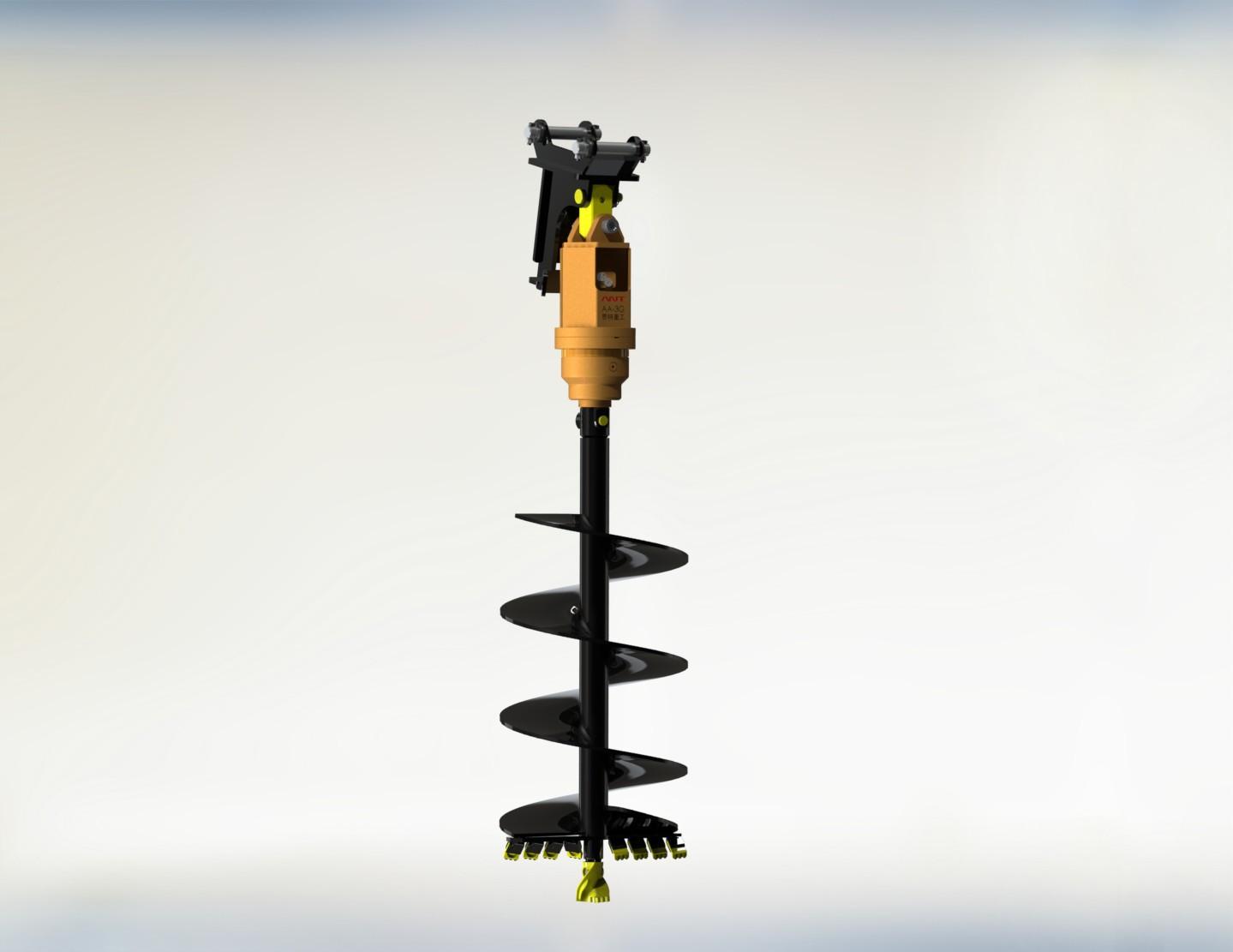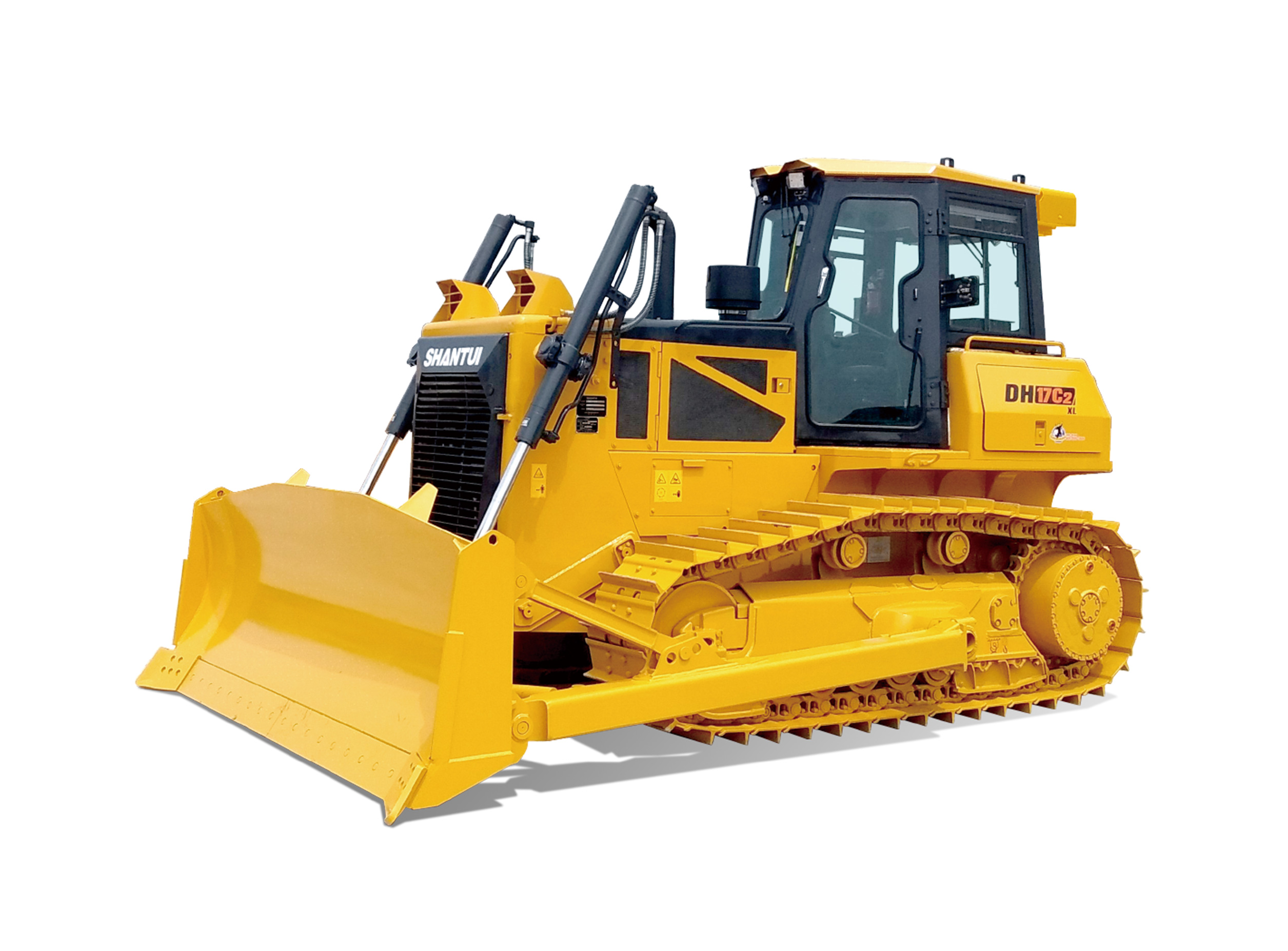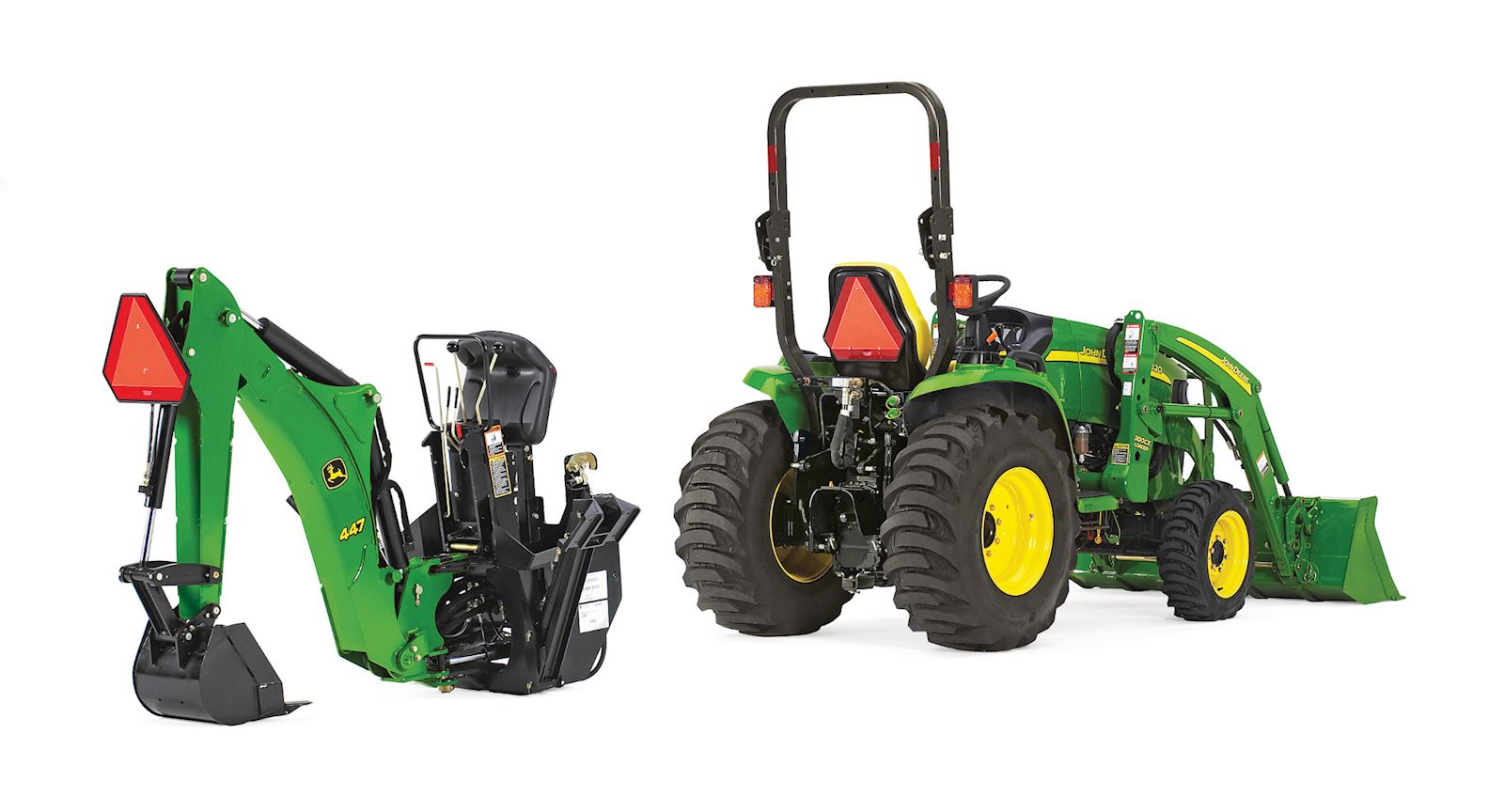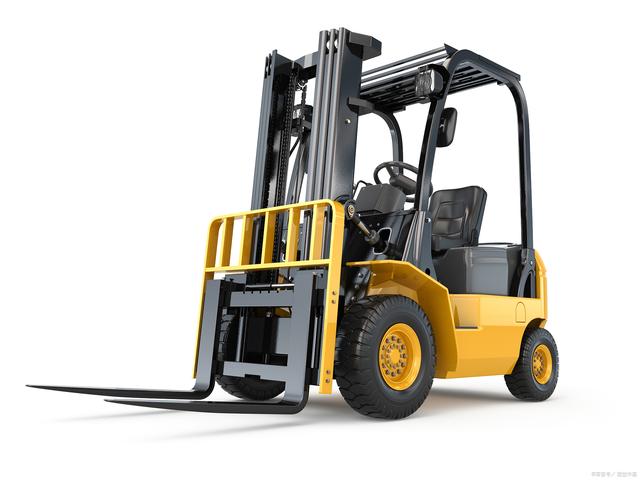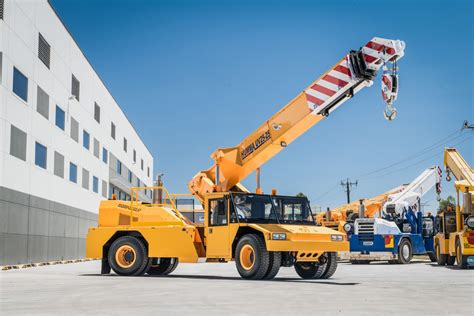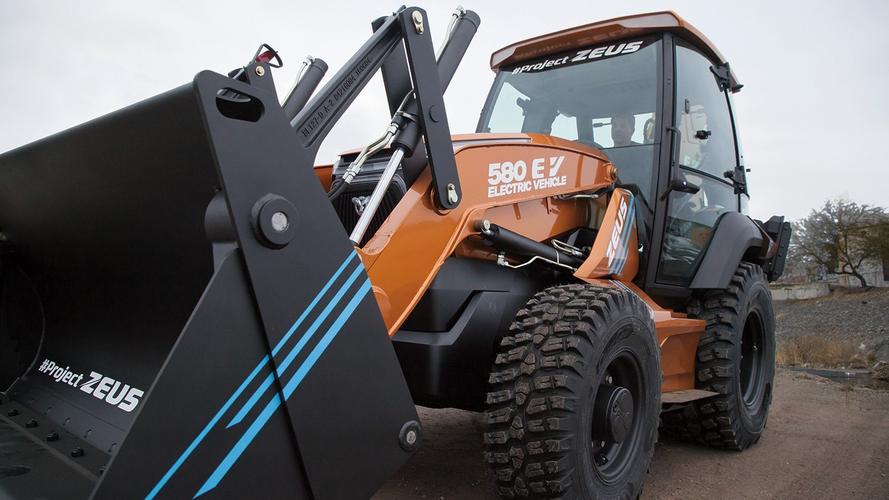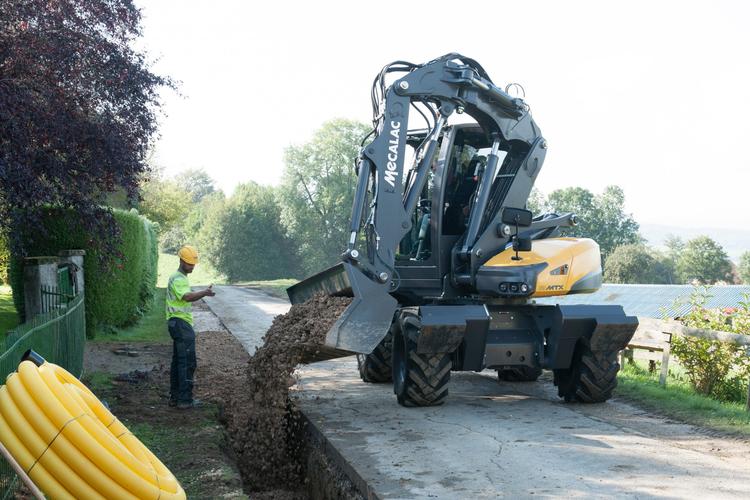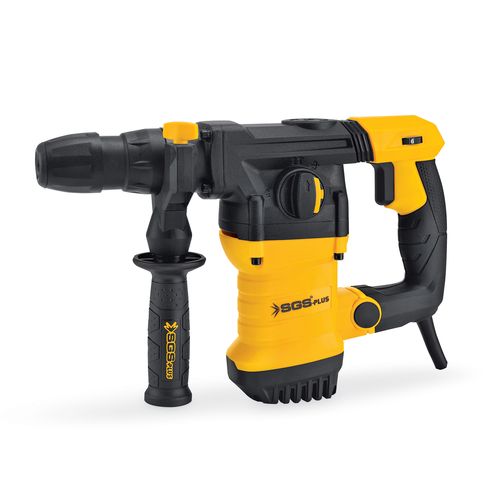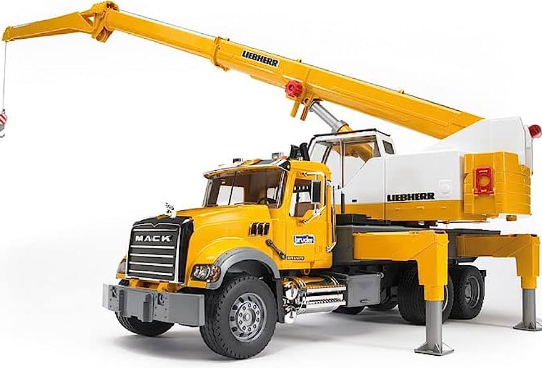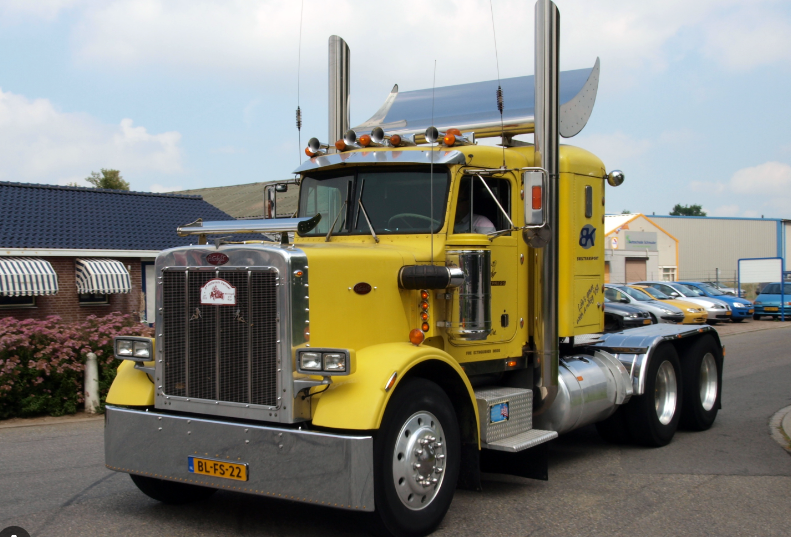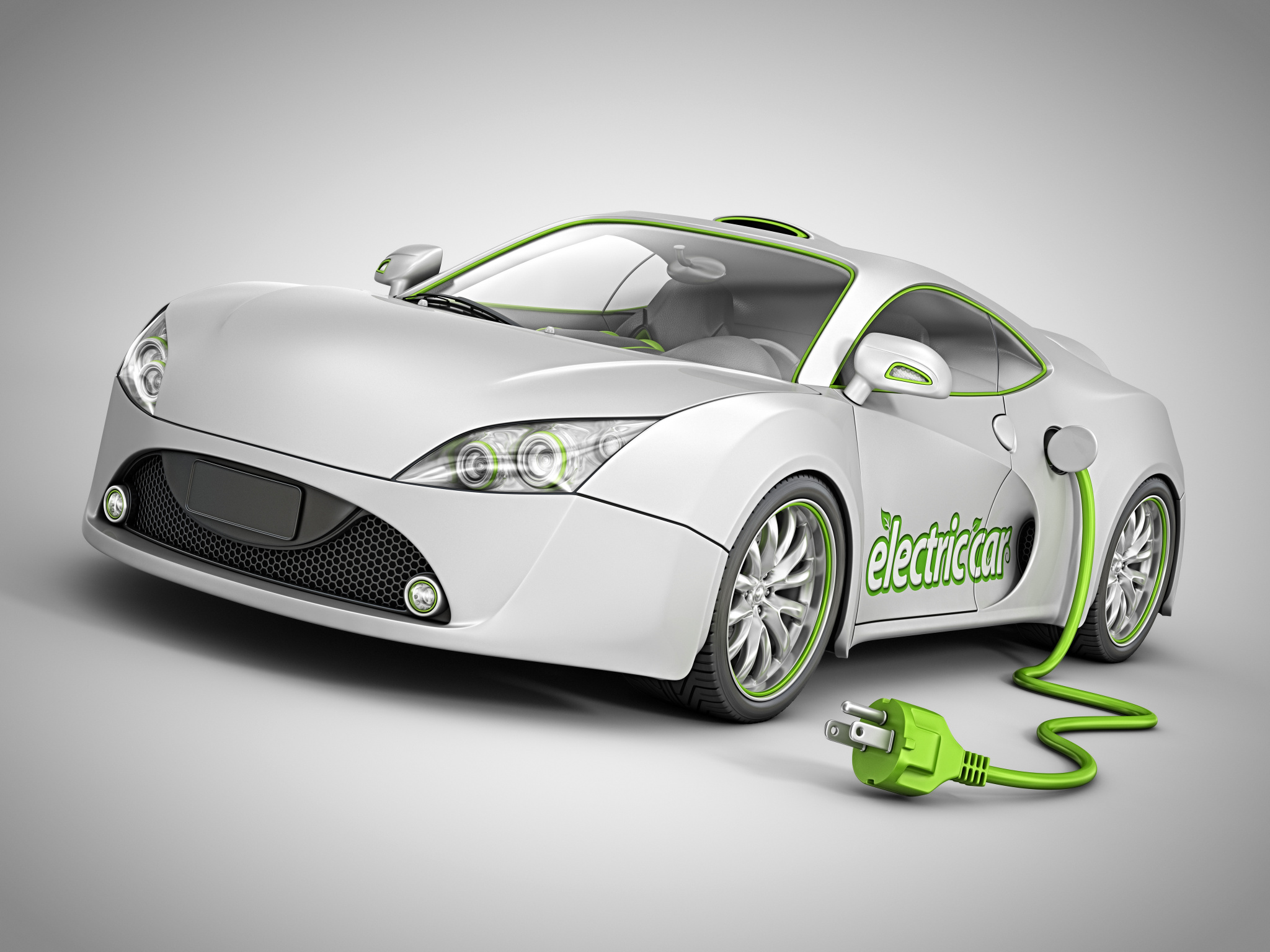A tractor is a large, heavy piece of machinery designed to perform heavy-duty tasks in farming, construction, mining, and other industries. Tractors are known for their power, strength, and versatility, but how fast can they go on the road? This article explores the speed limits and capabilities of tractors on the road.
Legal Speed Limits for Tractors on the Road
Tractors are subject to different speed limits depending on the state, country, road type, and vehicle classification. In general, tractors are classified as agricultural vehicles and are expected to travel relatively slow speeds while on the road. According to the US Department of Transportation, tractors are not allowed to travel faster than 25 miles per hour (mph) on public roads, and may be restricted to even slower speeds on certain roads or jurisdictions. Drivers of tractors are also required to observe traffic laws, use turn signals and headlights, yield to other vehicles, and stay in the right-hand lane, among other regulations.
Factors that Affect a Tractor's Top Speed
The maximum speed that a tractor can reach on the road depends on various factors, including its engine horsepower, gearing, weight, tire and wheel size, aerodynamics, driving conditions, and load. Generally, larger and more powerful tractors can go faster than smaller or older models, as they can generate more torque and horsepower to overcome wind resistance and rolling resistance. However, extra weight and cargo can slow down the tractor, as well as steep inclines, rough terrain, and adverse weather conditions.
Examples of Fastest Tractors on the Road
While most tractors are designed for slow-speed operations, some models can achieve surprisingly fast speeds on the road, thanks to their advanced technology and engineering. For example, the JCB Fastrac 8000, manufactured by the British company JCB, currently holds the Guinness World Record for the fastest tractor, with a top speed of 153.771 mph (247.47 km/h), achieved in 2019 at Elvington Airfield in Yorkshire, England. The Fastrac is a specialized high-speed tractor designed for cultivation, haulage, and road transport, and features a turbocharged diesel engine, sway suspension, four-wheel-drive, and quality brakes, among other features.
Safety Tips for Driving a Tractor on the Road
Driving a tractor on the road requires ample experience, training, and safety precautions, as it can be a risky and stressful activity for both the driver and other road users. To reduce the risk of accidents and injuries, drivers of tractors should follow these safety tips:
- Wear a seatbelt and a helmet, if necessary
- Check the tractor's mechanical status before each use, including brakes, lights, and fluid levels
- Stay alert and focused, and avoid distractions such as phone calls or loud music
- Slow down and yield to other vehicles, especially on narrow or winding roads
- Use turn signals and horn to signal intentions
- Avoid sudden starts or stops, and maintain a safe distance from other vehicles
- Be aware of blind spots and check mirrors frequently
- Use extra caution in adverse weather conditions, extreme temperatures, or low light conditions
- Keep cargo securely fastened, and do not overload the tractor
Conclusion
In conclusion, while tractors are not designed for high-speed travel on the road, they can still reach relatively fast speeds with the right technology, conditions, and driver experience. The legal speed limit for tractors on the road is generally 25 mph, but some models can go much faster if properly designed and maintained. However, driving a tractor on the road requires caution, focus, and safety measures to avoid accidents and ensure a smooth and successful journey.

